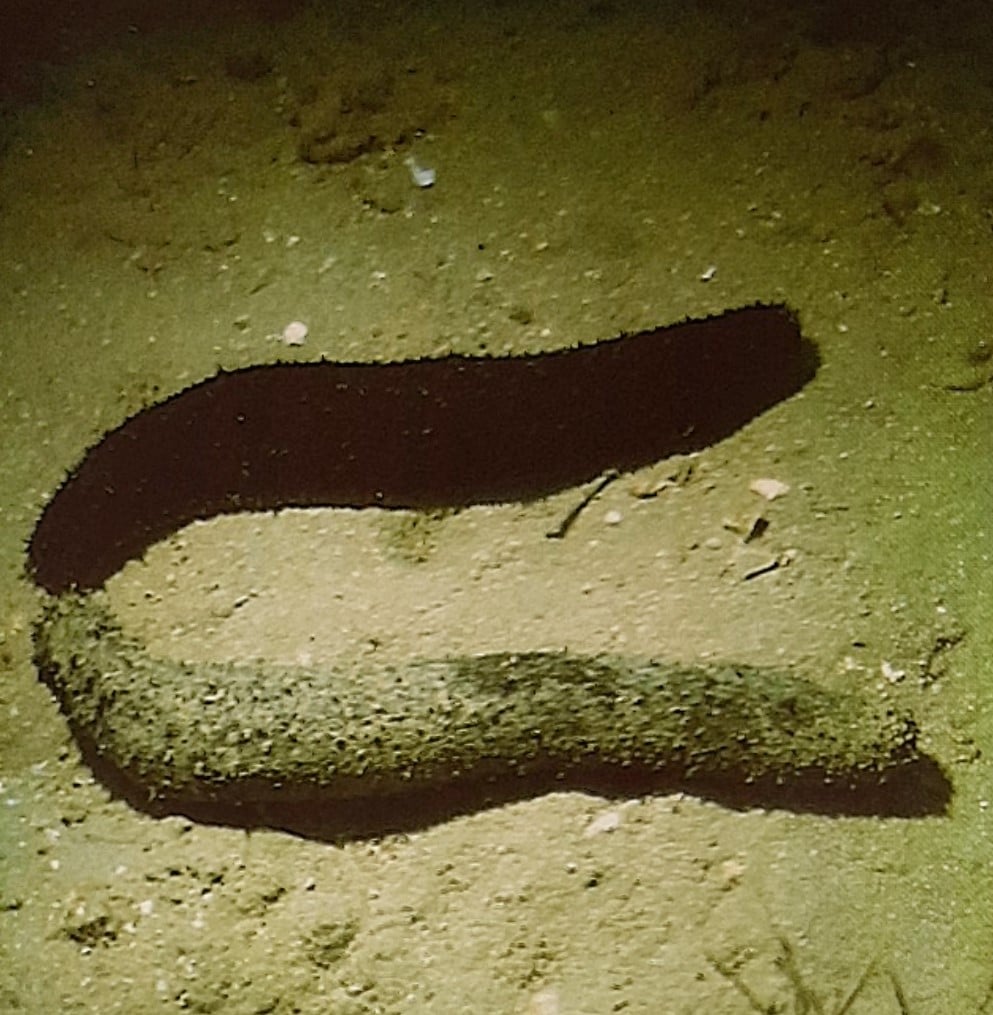
- Eco guide for Adriatic
-
by Ultra Sailing Team
Adriatic echinoderms are very diverse group of organisms to which they belong:
Sea urchins
starfish
sea cucumbers
These are animals that live on the seabed and are poorly mobile.
Sea urchins
Sea urchins (Echinoidea) are marine animals globular or heart-shaped body. Most often they are round in shape and covered with spines. Their body is shielded hard capsule of 10 double rows of tightly overgrown limestone tile.All tiles have longer or shorter spines. They inhabit rocky and sandy bottoms, seagrass meadows. About 20 species of hedgehogs live in the Adriatic Sea.
The protected species of hedgehog is Paracentrotus lividus. It lives in the coastal area, on rocky bottoms, at a depth of 30 meters, although it is most common at depths up to 6 meters. It is protected from overfishing because its gonads are considered a delicacy, but also because of the degradation of its habitats.
A strictly protected species of sea urchin is Centrostephanus longispinus.
Starfish

Starfish are marine organisms of a characteristic stellar shape with five or more legs. They live in a shallow water, but also at greater depths. As they are a very recognizable symbol of the sea, they are often hunted and dried to serve as a souvenir.
Strictly protected star types are:
Asterina panceri
Ophidiaster ophidianus
Sea cucumbers

36 species of sea cucumbers live in the Adriatic sea. They live on the seabed, where they rest, crawl, or bury themselves in sediment. In the 1990s, they were intensively fished for export to Far Eastern markets, which reduced their numbers drastically. Therefore, a new law was introduced to protect all types of sea cucumbers in the Adriatic sea.
The most common sea cucumber in Adriatic, Holothuria tubulosa, lives along the coast, from shallows to a depth of 100 meters.
SPONGE

Sponges are immobile marine animals that inhabit shallow and deep seabed. About 200 species live in the Adriatic, of which 11 species are strictly protected. Some of them stand out for their beauty of colors and shapes and are therefore targeted by scrawny divers, who often, disappointed by their appearance after being ripped out of the sea, simply dismiss them. These organisms will show all their beauty only in their natural habitat, underwater.
Strictly protected types of sponges are:
Geodia cydonium
Tethya spp.
Oopsacas minuta
Aplysina cavernicola
The so-called “soft sponges”, Euspongia officinalis Adriatica and Euspongia officinalis lamella, called the elephant ear, also live in the Adriatic sea. They are harvested and processed into a very well-known and high-quality product – a natural sponge. You will find it in gift shops along the entire Adriatic coast. The inhabitants of the island of Krapanj are especially known for the extraction of sponges, who have been engaged in this craft since the 16th century. If you find yourself in Krapanj and wish to participate in the extraction and processing of sponges, please contact the Tourist Board. Although these sponges are not protected, make sure that only professional sponges can remove them.
You also help if:
- do not remove stars, thorns and hedgehogs from the sea
- report that someone is picking, catching or unauthorized sale strictly protected species of sponges
- you do not buy dried specimens as souvenirs
- report hunting or trade on the phone 112
